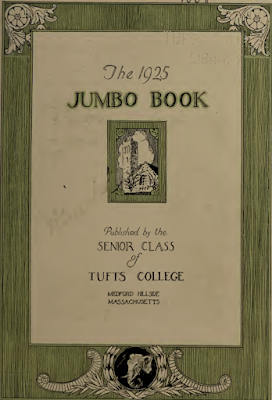At first, the immigrants settled in Pennsylvania, and later they and their descendants moved westward in search of fresh farmland in Ohio, Indiana, and beyond.
I've been checking county history books for biographies of ancestors (or their relatives), and as historical and social context for life and times. Some books are digitized and available through Family Search, some through subscription-based genealogy sites, some through Internet Archive, some through Google Books, etc.
Above, the cover of "pictorial and biographical memoirs" covering two counties in Indiana. At right, the subtitle of this 1890s publication.I found this digitized copy on Ancestry and Google Books, but it may be available on other sites as well. It described Abel Work and as far back as his grandfather Samuel's background. Samuel Work's place of birth was listed as County Antrim, Ireland, and the book says he wed his wife in Ireland before all came to America, where their six children were born. Names, occupations, and more details!
Interestingly, the name of Sam's wife in the county history is different from the name of Sam's wife shown in the Work family history written by a descendant (digitally available on Family Search).
More research is needed to follow up on this clue, but it's certainly possible this ancestor had two wives or that one of the histories had an error. I wouldn't have even known to investigate this possibility if I didn't research in the county history books as well as the published family history.
If you're researching US ancestors, be sure to check the lengthy list of digitized, freely available county histories for all 50 states, compiled (as a labor of love) by genealogy blogger extraordinaire Linda Stufflebean.





























